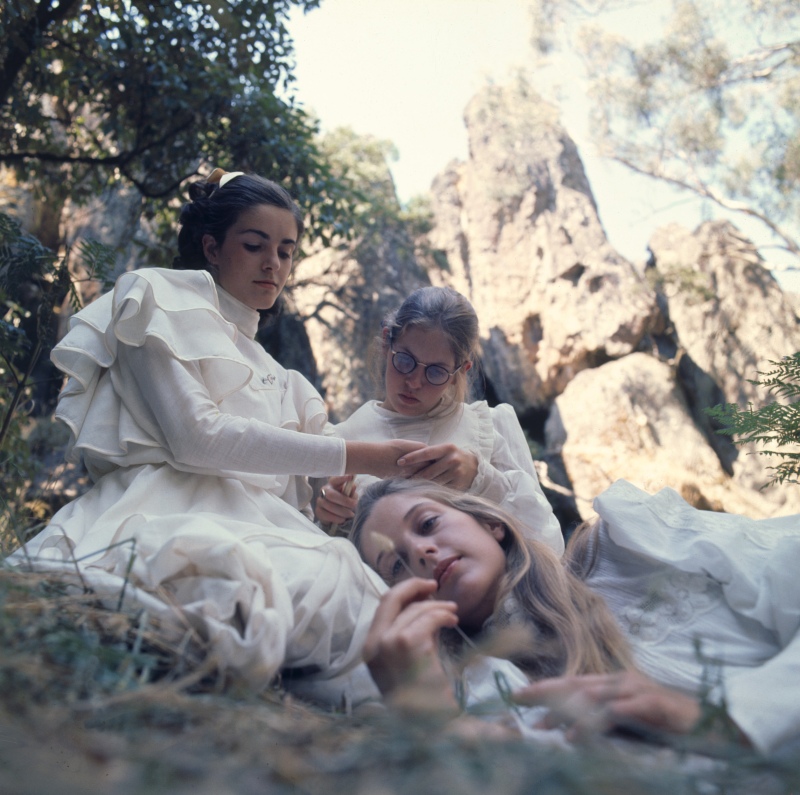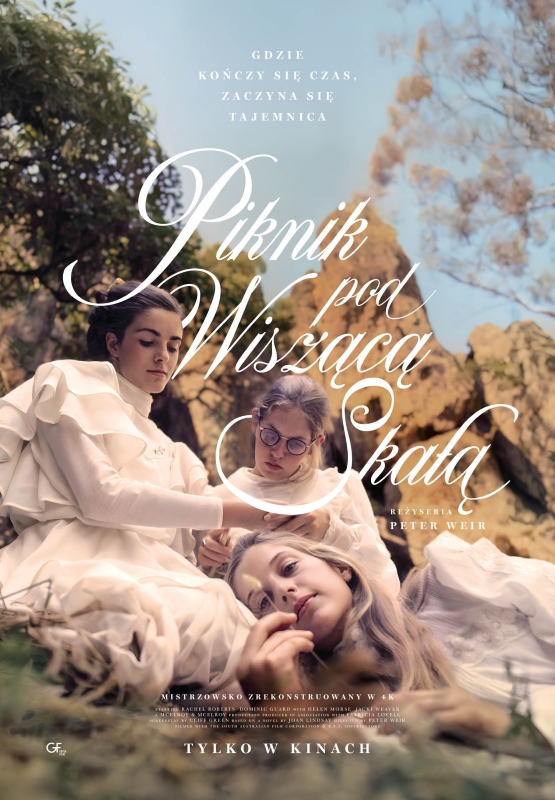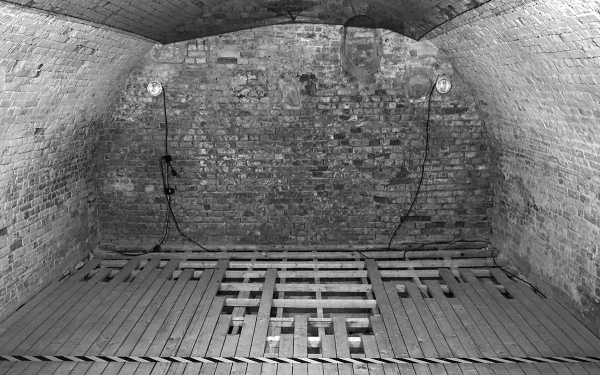Picnic at Hanging Rock
On the 50th anniversary of its premiere, Picnic at Hanging Rock returns to cinema screens in a masterfully restored 4K version, supervised by none other than Peter Weir himself and cinematographer Russell Boyd. It’s a rare opportunity to experience this timeless classic for the first time—or to revisit and reinterpret it with fresh eyes.
Picnic at Hanging Rock is one of the most sensual and hypnotic films in the history of cinema. Once seen, it lingers in the mind forever. Peter Weir—the director of The Truman Show and Dead Poets Society—crafts a film rich in atmosphere and unease. The movie is a spiritual predecessor to Sofia Coppola’s The Virgin Suicides and the works of David Lynch, echoing unspoken desires, disorientation, and something that eludes simple logic.
The year is 1900. On Valentine’s Day, a group of students from an elite Victorian boarding school set off on a picnic to Hanging Rock, a volcanic formation in the heart of the Australian bush, accompanied by their teachers. There, under the shimmering heat of the sun, something inexplicable occurs—time dissolves, space distorts, and nature begins to exert a strange power over the bodies and minds of the young women. Is it an ancient ritual? A shared hallucination? Or perhaps, as Edgar Allan Poe wrote: “All that we see or seem is but a dream within a dream”? One thing is certain: nothing will ever be the same again.
There is something in Picnic at Hanging Rock that refuses to let go. It draws you back like a dream interrupted. Unsettling, sensual, obsessive—Peter Weir’s cult 1975 film is a tale of innocence and its loss, of youth stifled by convention, of feminine physicality, and the power of the unconscious.
Fans of the coquette aesthetic, vintage interiors, lace dresses, dried flowers, and subtle horror will find both heaven and hell here. The haunting theme music, played on panpipes and organ, lulls viewers into a hypnotic trance.



